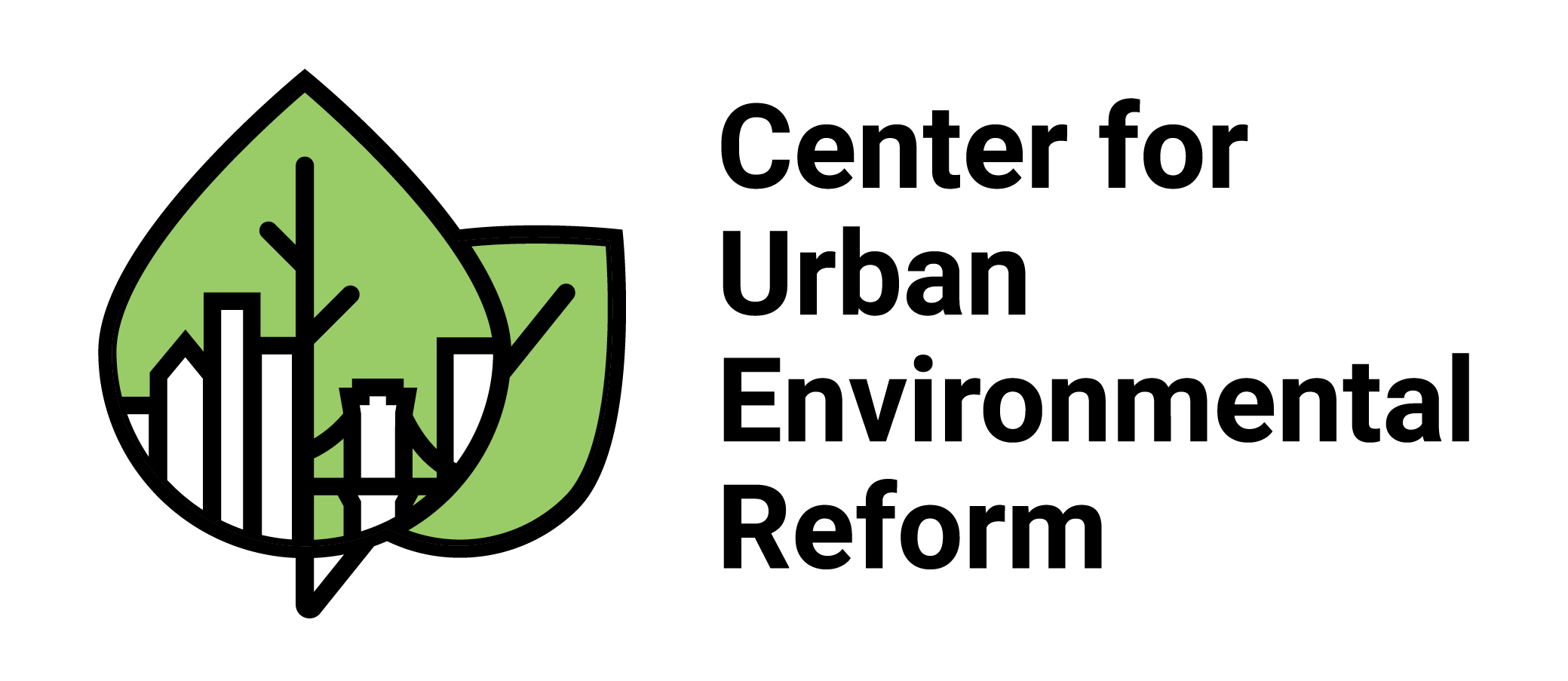The Dirty Side of Land Reclamation: NY’s Inequitable Brownfield Cleanup Program
The government watchdog group Environmental Advocates of New York (???EANY???) this summer issued a scathing analysis of tax credits under New York State???s Brownfield Cleanup Program (???Program???). This report is not the group???s first criticism of the Program. In early 2011 they also documented that the incentives were not flowing to minority or struggling communities.
Environmental Conservation Law ?? 27-1405 defines a brownfield as ???any real property, the redevelopment or reuse of which may be complicated by the presence or potential presence of a contaminant.??? The Department of Environmental Conservation (???DEC???) has a number of criteria to determine whether a site meets eligibility for entry into the Program. To encourage participation in cleanup and advance redevelopment of Brownfield sites, the Department of Taxation and Finance (???Tax???) has three refundable tax credits. These credits allow for taxes paid by corporations, from personal income, and real property taxes to be applied to costs related to site cleanup, groundwater cleanup, and development on a brownfield site. Eligibility for the Program is linked to eligibility for the tax credits.
The tax credits appear to work as an incentive for cleanup and redevelopment; the DEC states that 116 sites have been remediated since the program began in 2003. However, as EANY points out, the Tax Department has refunded over $1 Billion in tax credits to address only 68 sites since 2006, while thousands more remain untouched throughout the state.
The Program cuts to the heart of environmental justice as wealthier areas with fewer minorities and lower rates of employment are inequitably targeted for remediation. Brownfields are blight in communities and pose health hazards. For example, one sits in Woodside, Queens, just down the street from P.S. 152. Contamination at the site has been recorded moving downhill from it. Moreover, they prevent economic development. A site in the economic heart Harlem at Park Avenue and 124th and 125th Streets has been used as a parking lot since 1980. Toxic heavy metals, carcinogenic compounds and fuel oil contamination have been identified above acceptable levels across the site???which also sits down the street from Marcus Garvey Park.
The successes of the Program show that it can work, but further show that it needs to work better. Increased citizen knowledge and participation could lead to changes in the tax credit program. Changes to the eligibility standards and the expansion of the Program itself, including an alteration of target incentives, could alter the pace and success of the Program in a more equitable manner.


